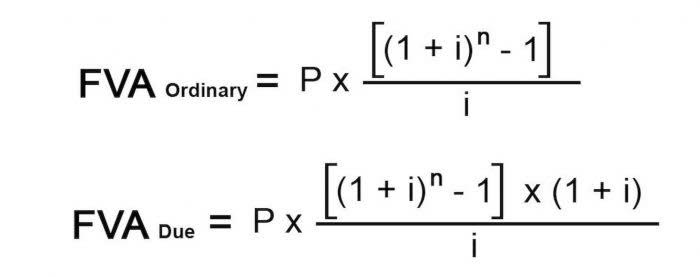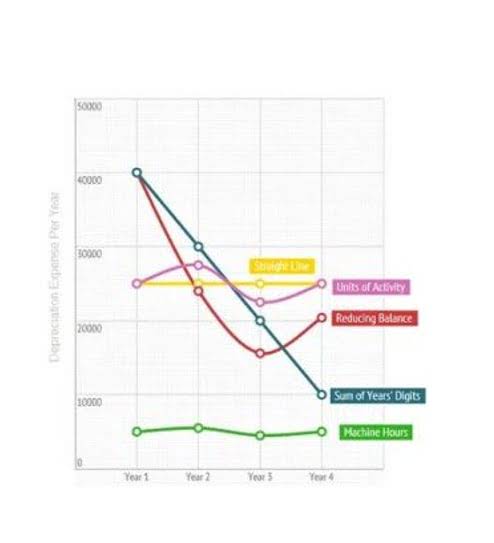
Construction-in-progress accounting plays a vital role in tracking expenses for projects still in development. By understanding how this accounting method works, businesses can ensure better financial reporting and resource allocation. One of the key purposes of CIP is to provide transparency in financial reporting. By capitalizing costs that are still in progress, businesses can avoid misrepresenting their financial statements by inflating expenses or understating the value of their projects.

Compliance and Audits
Once a construction project is finished, the costs in the CIP account move to a fixed asset account. This step helps with financial reporting, updating how these costs are perceived and managed. Instead of being ongoing expenses, they’re now considered assets that will provide value over time.
- These costs are recorded in a CIP account, which is categorized as a non-depreciable fixed asset on the balance sheet.
- By understanding how this accounting method works, businesses can ensure better financial reporting and resource allocation.
- The construction in progress can be the largest fixed asset account due to the possibility of time it can stay open.
- Once costs have been allocated, and meets the criteria for capitalization, it is added to the CIP asset account in the company’s general ledger.
Step 2: Monitor Costs Throughout the Project
- That’s why most companies often hire a CFO to manage their accounts and ensure their finances are clean and error-free.
- Construction-in-progress accounting is an essential tool for tracking project expenses and maintaining financial transparency.
- When the project is complete, transfer the CIP balance to a fixed asset account like “Buildings.” This signifies the asset’s transition to operational use, and depreciation begins.
- CIP accounting is a critical aspect of financial management for construction and asset-intensive businesses.
- Imagine a real estate development company embarking on a project to construct a commercial building.
- This method allows companies to manage expenses for ongoing projects, keeping finances organized until completion.
In this method, the number of units manufactured is divided by the total number of units to be manufactured. In cost to cost method, all the cost incurred to the date is divided by the project’s total expected cost. The most common capital costs include material, labor, FOH, Freight expenses, interest on construction unearned revenue loans, etc.

Discover Viindoo Accounting Software
This information is crucial for management to make informed decisions about resource allocation and project continuation. CIP accounting and Work in Progress (WIP) accounting are often used interchangeably, but they have different meanings. When the project is complete, the Certified Bookkeeper account is closed, and any remaining balance is transferred to the Cost of Goods Sold (COGS) account. In contrast, CIP accounting tracks all the costs incurred in constructing a long-term asset until it is ready for use. The purpose of capitalizing assets in progress, commonly referred to as CIP, is to accurately reflect the costs and value of long-term projects in the financial statements.

CIP allows for a more accurate portrayal of a company’s financial position and performance, providing stakeholders with the necessary information to make sound judgments. The construction-in-progress asset account captures all costs related to the project, including labor, materials, and equipment. This data helps assess project budget adherence and ensures accurate financial reporting for audits.

What is Accounts Receivable Collection Period? (Definition, Formula, and Example)
Given the complexities involved, many businesses opt to enlist the services of a chief financial officer (CFO) to oversee these records. By doing so, they mitigate the risk of costly accounting errors and ensure compliance with regulatory standards. By maintaining a dedicated CIP account, what is cip in accounting businesses can avoid mixing incomplete project costs with operational expenses, ensuring accurate financial reporting.
